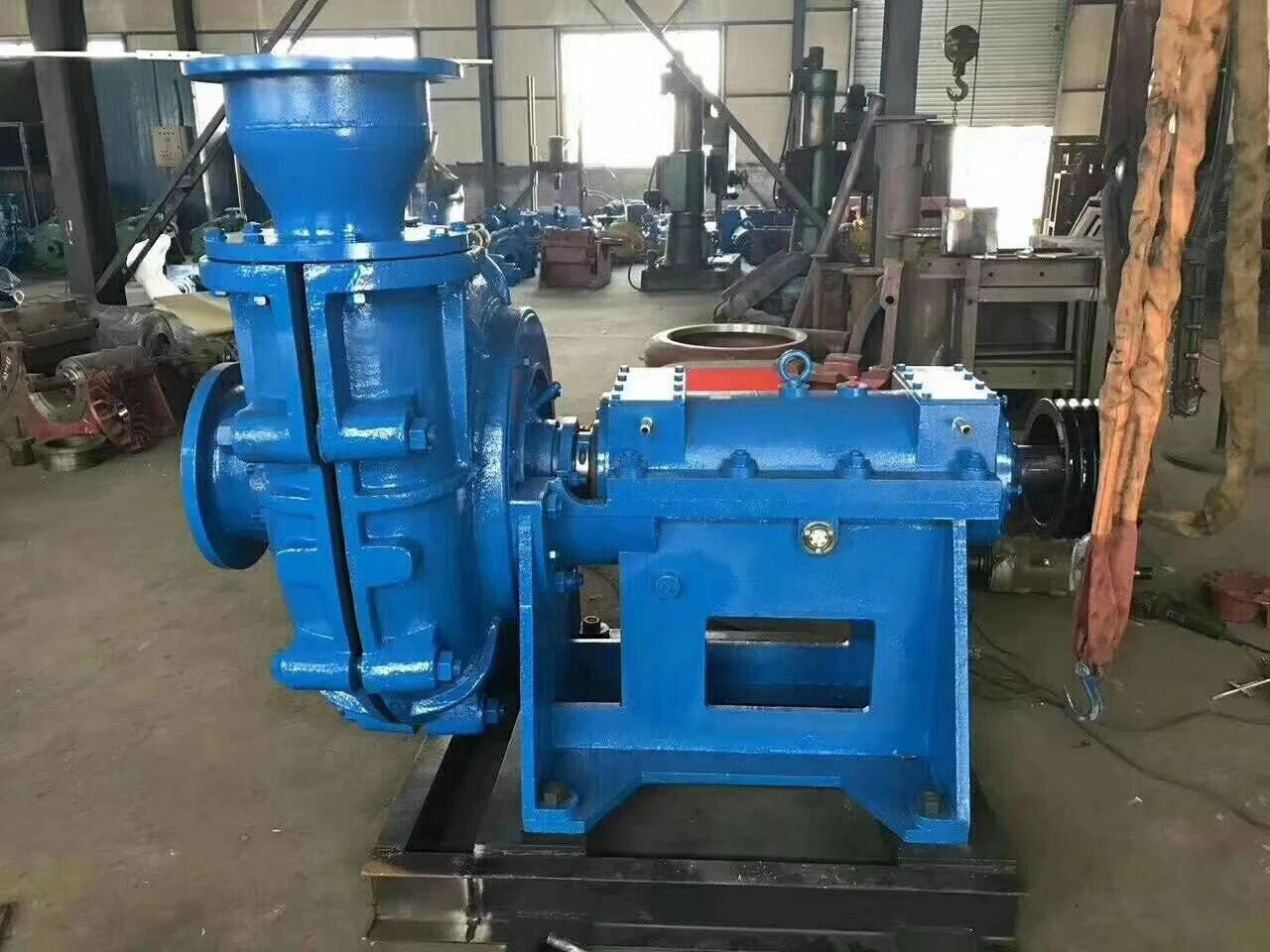Danish
- Afrikaans
- Albanian
- Amharic
- Arabic
- Armenian
- Azerbaijani
- Basque
- Belarusian
- Bengali
- Bosnian
- Bulgarian
- Catalan
- Cebuano
- Corsican
- Croatian
- Czech
- Danish
- Dutch
- English
- Esperanto
- Estonian
- Finnish
- French
- Frisian
- Galician
- Georgian
- German
- Greek
- Gujarati
- Haitian Creole
- hausa
- hawaiian
- Hebrew
- Hindi
- Miao
- Hungarian
- Icelandic
- igbo
- Indonesian
- irish
- Italian
- Japanese
- Javanese
- Kannada
- kazakh
- Khmer
- Rwandese
- Korean
- Kurdish
- Kyrgyz
- Lao
- Latin
- Latvian
- Lithuanian
- Luxembourgish
- Macedonian
- Malgashi
- Malay
- Malayalam
- Maltese
- Maori
- Marathi
- Mongolian
- Myanmar
- Nepali
- Norwegian
- Norwegian
- Occitan
- Pashto
- Persian
- Polish
- Portuguese
- Punjabi
- Romanian
- Russian
- Samoan
- Scottish Gaelic
- Serbian
- Sesotho
- Shona
- Sindhi
- Sinhala
- Slovak
- Slovenian
- Somali
- Spanish
- Sundanese
- Swahili
- Swedish
- Tagalog
- Tajik
- Tamil
- Tatar
- Telugu
- Thai
- Turkish
- Turkmen
- Ukrainian
- Urdu
- Uighur
- Uzbek
- Vietnamese
- Welsh
- Bantu
- Yiddish
- Yoruba
- Zulu
Telephone: +86 13120555503
Email: frank@cypump.com
dec . 24, 2024 10:48 Back to list
Components of Metal Slurry Pumps for Enhanced Performance and Durability
Understanding Metal Slurry Pump Parts A Comprehensive Guide
Metal slurry pumps are essential components in various industries, particularly those dealing with mining, mineral processing, and wastewater management. Their primary function is to transport abrasive and viscous mixtures, often containing solid particles suspended in liquid. Given their critical role, understanding the various parts of a metal slurry pump is vital for effective operation and maintenance. This article will provide an overview of these components, their functions, and their importance in ensuring optimal performance.
1. Pump Casing
The pump casing is the outer shell that encases the internal components of the slurry pump. Typically made from high-chrome alloy or other robust materials, the casing provides protection against the abrasive nature of the slurry being pumped. Its design is crucial in maintaining the efficiency of the pump, as it minimizes wear caused by the suspended solids. A well-designed casing ensures that the flow of the slurry is smooth and continuous, reducing the risk of blockages and enhancing the overall efficiency of the system.
2. Impeller
The impeller is one of the most critical components of a metal slurry pump. It is responsible for converting rotational energy into kinetic energy, thus enabling the movement of the slurry. Impellers in slurry pumps are typically designed with wider channels and thicker blades to handle the abrasive particles without excessive wear. The materials used for manufacturing impellers often include high-chrome alloys or rubber compounds, which are chosen for their durability and resistance to corrosion and erosion.
3. Suction and Discharge Flanges
These flanges are crucial connections on the pump that link the pump to the piping system. The suction flange is where the slurry enters the pump, while the discharge flange is where the slurry exits after being pumped. Properly designed flanges facilitate efficient slurry flow and prevent leaks. Additionally, they must withstand significant pressure differentials, making it essential to select flanges made from strong and durable materials.
metal slurry pump parts

4. Mechanical Seal
Maintaining a tight seal is essential in preventing leakage between the rotating shaft and the pump casing. The mechanical seal is designed to handle the aggressive nature of the slurry while preventing contamination of the pump’s internal components. This is particularly important in metal slurry pumps, as any leakage can lead to decreased pumping efficiency and increased wear on the pump parts. Regular inspection and timely replacement of mechanical seals are necessary for optimal performance.
5. Bearing Assembly
The bearing assembly supports the pump shaft, ensuring smooth rotation and alignment when the pump operates. Given the intense operational conditions in metal slurry pumping, bearings must be robust and are often made from high-quality materials to withstand wear and temperature fluctuations. They require regular lubrication to function optimally and to minimize friction, which can lead to premature wear.
6. Suction Strainer
A suction strainer acts as a protective device installed at the pump inlet to prevent larger solids and debris from entering the pump. It ensures that the slurry being processed is within the recommended particle size range, thus protecting the impeller and other internal components from damage. Regular cleaning and maintenance of the suction strainer are essential to avoid blockages that could disrupt the pumping process.
Conclusion
Understanding the various parts of a metal slurry pump and their functions is vital for any operation involving solid-liquid mixtures. Each component plays a specific role in ensuring the efficient and effective transfer of slurries across different processes. Regular maintenance, timely replacement of worn parts, and selecting the right materials for each component are crucial steps to maximize the performance and longevity of metal slurry pumps. By prioritizing these factors, operators can significantly enhance the reliability and efficiency of their slurry pumping systems, leading to better productivity and reduced operational costs.
-
High-Performance Air Pumps for Sand & Gravel | Efficient Transport
NewsAug.03,2025
-
ISG Series Vertical Pipeline Pump - Chi Yuan Pumps Co., LTD.|Energy Efficiency, Corrosion Resistance
NewsAug.03,2025
-
ISG Series Pipeline Pump - Chi Yuan Pumps | Energy Efficiency&Compact Design
NewsAug.03,2025
-
ISG Series Vertical Pipeline Pump - Chi Yuan Pumps Co., LTD.|High Efficiency, Low Noise, Durable
NewsAug.02,2025
-
ISG Series Vertical Pipeline Pump - Chi Yuan Pumps | High Efficiency, Low Noise
NewsAug.02,2025
-
ISG Series Vertical Pipeline Pump- Chi Yuan Pumps Co., LTD.|High Efficiency&Compact Design
NewsAug.02,2025










